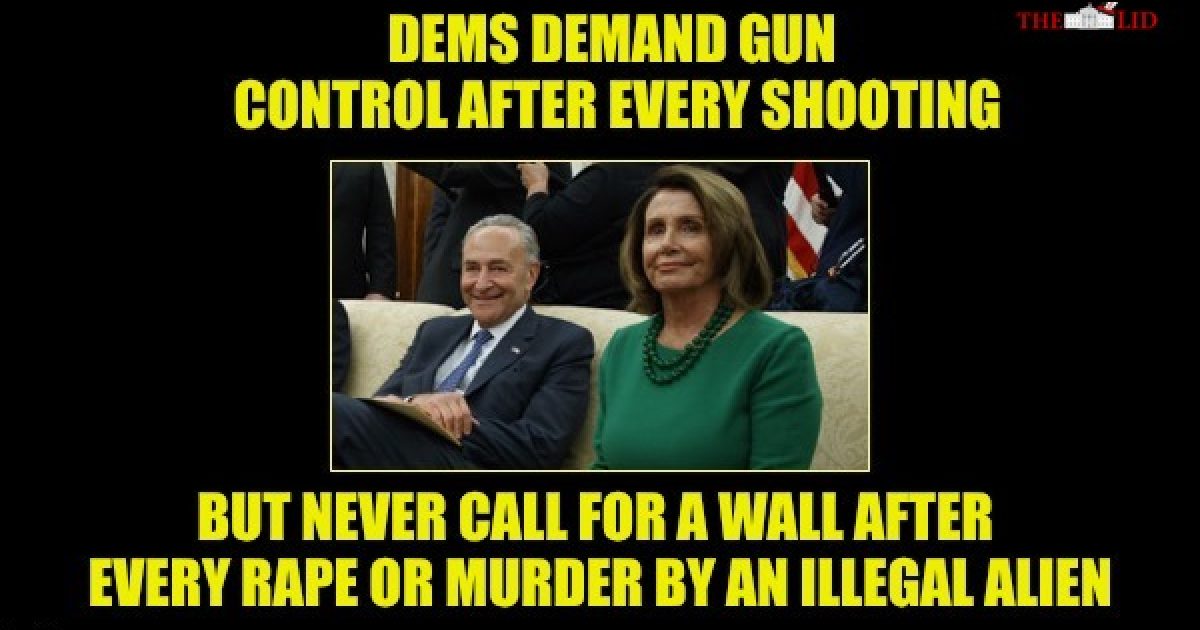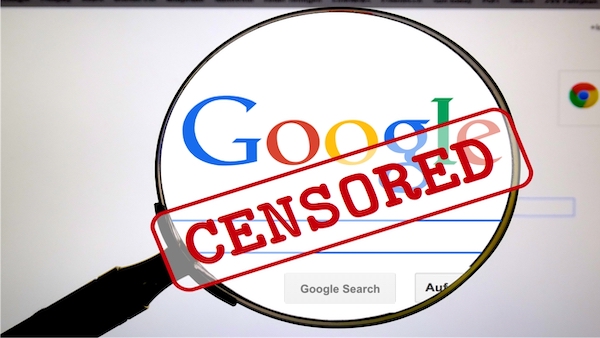Just like every other time a criminal commits a mass shooting, after the tragic shooting at Pittsburgh’s Tree of Life synagogue, there were the predictable calls for “tougher gun laws” by several city officials, but it may be time to ask whether any of these gun control measures—whatever they are—will actually work.
According to a report in the Daily Signal, they probably won’t. After all, writes Amy Swearer, “The facts tell us that most commonly proposed gun control measures are already ineffective at preventing mass public shootings in states where they are currently implemented, and that they will continue to be ineffective at preventing future tragedies.”
Swearer is a legal policy analyst at the Meese Center for Legal and Judicial Studies at The Heritage Foundation. She appears to have a pretty solid grasp of the repeated failures of gun control policies.
“Since Jan. 1, 2018, there have been 11 mass public shootings in which three or more people other than the shooter were killed, parameters derived from Congress’ definitions of ‘mass shooting’ and ‘mass killing.’”
“These 11 mass public shootings occurred across seven different states,” Swearer continued, “but three occurred in California, the only state with an ‘A’ rating from the Giffords Law Center to Prevent Gun Violence. Two more occurred in Maryland, with an ‘A-’ rating. Another two occurred in Pennsylvania, whose ‘C’ rating still accounts for the 13th strictest gun control framework in the country.
“Strict gun control may be the go-to response of many,” she explained, “but it’s simply not the answer to the problem of mass public shootings. In fact, since 2000, 17 percent of mass public shootings have occurred in California, even though the state accounts for only 12 percent of the nation’s population.
“Texas, meanwhile, has an ‘F’ gun control rating,” Swearer revealed, “yet has seen only 6.6 percent of total mass public shootings since 2000—below its expected share, given that it holds 8.6 percent of the national population. On the other hand, Washington state—with a ‘B’ rating—accounts for 2.2 percent of the population but 8 percent of mass public shootings since 2000.”






